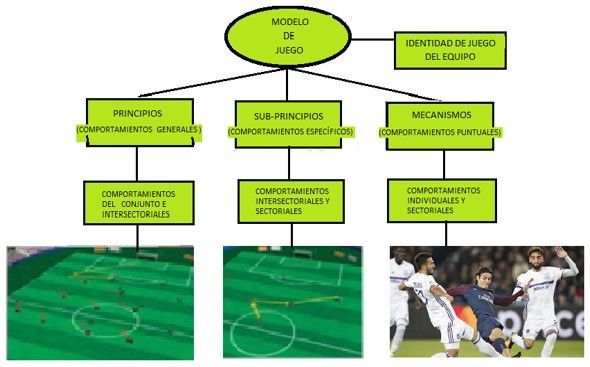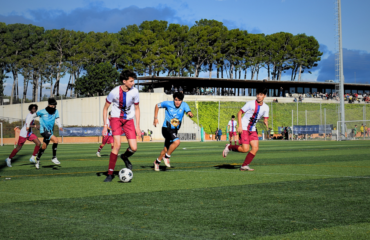TACTICAL PERIODISATION: THE METHODOLOGY IN SOCCER INTERACTION
Tactical periodisation is a training methodology to achieve a specific way of playing the game. It is applied through a continuity in the game model (conceptual matrix) plus particular methodological principles. This is a non-linear process with no end.
Some coaches use a set of Methods (coaching tools). What makes it a Methodology is to link and connect them through a continuous process. Tactical periodisation is a methodology, a process of connecting logical principles.
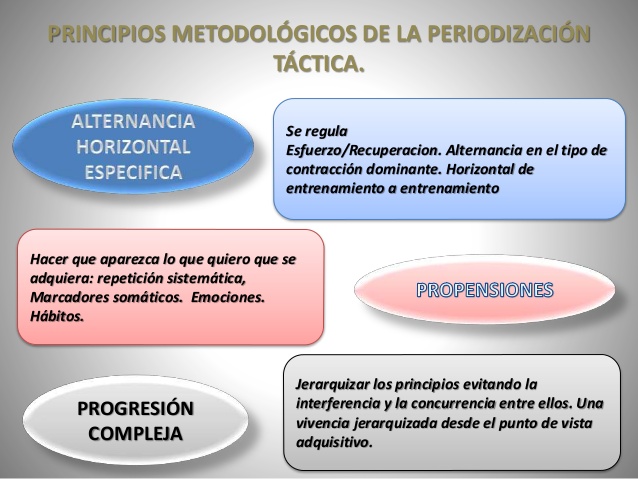
We call Tactical periodisation the model of the whole training process. It is also the most difficult dimension as it encompasses all the complexity of the other three (physical, technical and psychological).
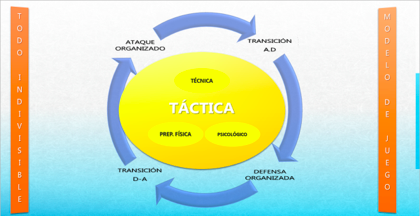
Tactical periodisation as a learning process
Tactical Periodisation understands training as a learning process (moments of exercise within a process objective), learning because it is a formation of new competences, practices, i.e. living and experiencing the way, adapting. A football coach must know how to apply how the player’s learning is processed. Dopamine in neurons The process of emotion. The conscious brain vs. the unconscious brain.
Tactical periodisation is a process in which the coach works and influences the team and the players to acquire knowledge and know-how, collectively and individually, through experiences, in order to form and learn their own way of playing, i.e. from their own experiences.
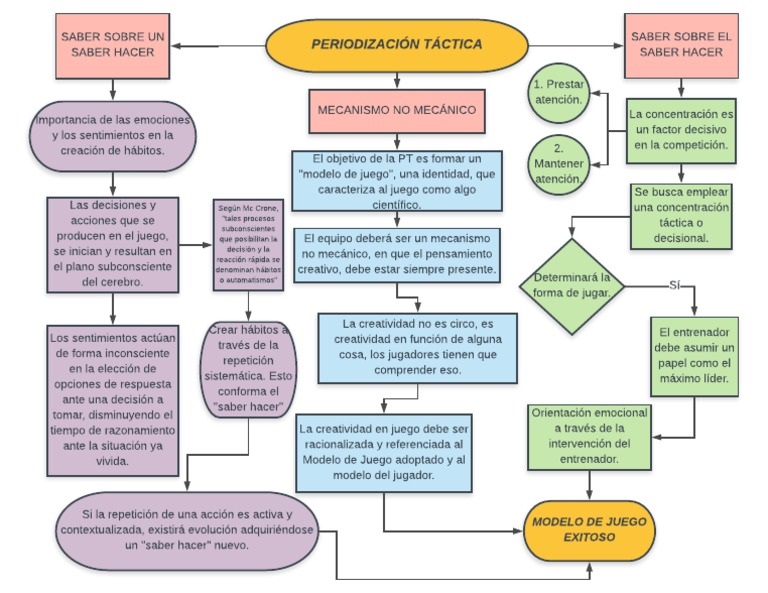
Presuppositions of tactical periodisation
- Have a complex conception of the player, of football and of training.
- Recognise training as a non-linear learning process.
- Have knowledge of the organisation, structure and functionality of football, i.e. knowledge of the game.
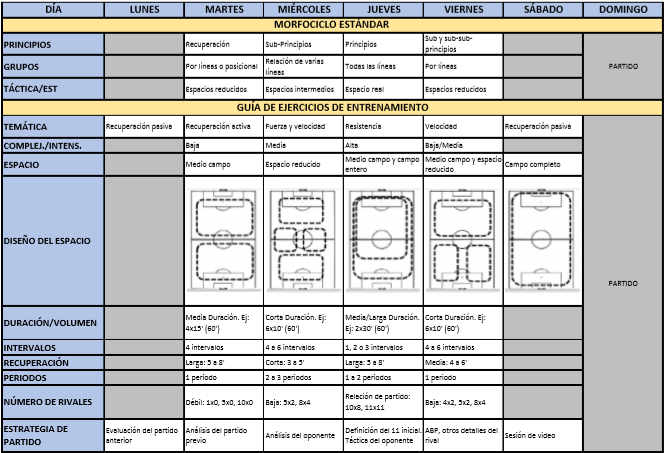
Objective of tactical periodisation
To create a temporal logic (periodisation) of experiencing/experiencing at different levels (collective, intersectorial, sectorial, group and individual) of a certain way of playing. T
o acquire and develop specific practical knowledge of that way of playing and, simultaneously, to create a positive relationship of performance/recovery, which encourages the emergence of a pattern of play, and its constant evolution.
Our methodology is based on the construction of playing principles, of an identity to deal with chaos.
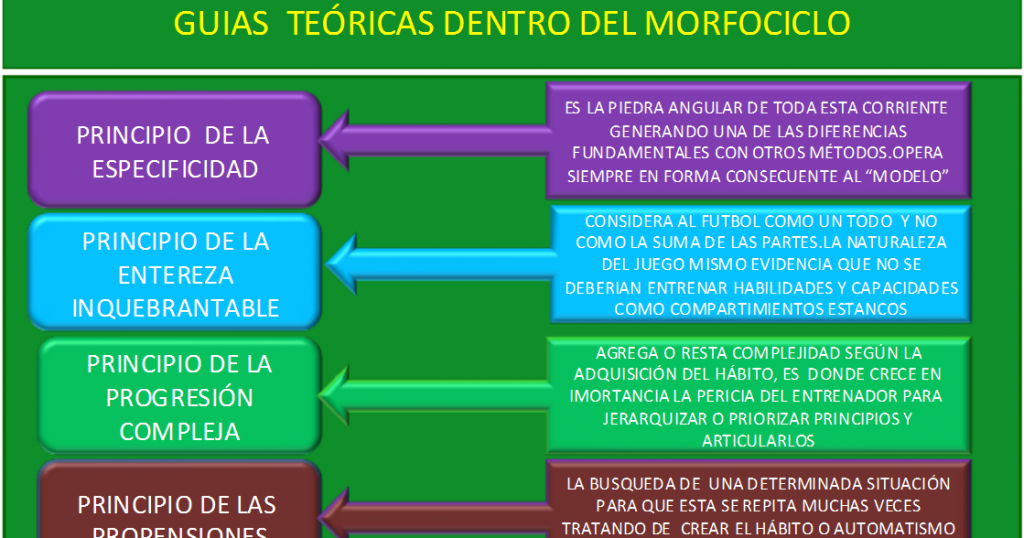
The concept of Tactics
Tactics, according to our methodology, is the collective organisation expressed through principles of play. It is a certain identity expressed by the behavioural regularities given by the assimilated principles of play. The development of the principles of the game through training induces specific alterations at the physical, mental and technical levels.
The technical, physical and psychological arises by dragging the tactical, and arises in a truly specific way. Our methodology breaks with conventional methodologies that are fundamentally concerned with inducing physical or technical acquisitions (basic football).

(example: a team whose principle is to progress the ball through long passes to the lateral lane of the attacking midfield generates different physical occurrences from the team that progresses on short passes. In the first there is a dominance of long and more linear movements, more jumps and collisions. In the second there is a dominance of short movements, with many changes of direction and small adjustments.
Obviously the muscular, biochemical, metabolic adaptations resulting from the expression of the principles of play of the two teams are different and are concrete (specific) to each way of playing, and the same goes for the technical and mental adaptations (decision making process).
Truly specific physical and technical preparation can only be trained in one way: train by playing the way you want to play).




